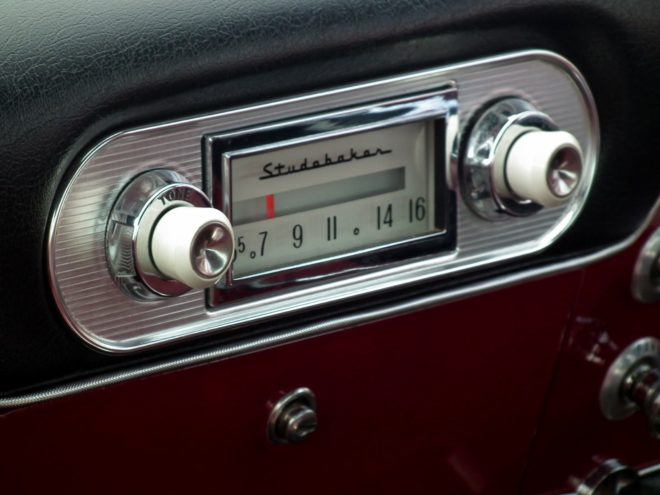Autonomy will threaten audio’s century-long dominance in cars
Do you listen to the radio (or streaming audio, or podcasts) when you drive? Of course you do — audio is pretty much the only acceptable media format that doesn’t distract a driver’s attention from the road. This fact is so integral to the driving experience that many industry researchers don’t even bother reporting on the question of whether people listen to audio formats in their cars. Audio-driven media companies, including your local public media outlets and radio stations, currently rely on the daily commute as a minimum guarantee for audience engagement.
According to Edison Research’s “Share of Ear” study, Americans listen to 75 minutes of audio in their vehicles each day — a majority of their total time spent with audio formats. Meanwhile, commutes — in the United States, at least — are expanding in length thanks to the country’s decades-long shift toward the suburbs for both homes and jobs. As this shift continues, more audio formats will benefit by proxy.
The average one-way U.S. commute is 26 minutes, but you would be lucky to have this commute time. Drivers in Los Angeles, for example, are faced with six of the 10 most-congested highways in the United States, while drivers in Washington, D.C., face 82 hours of driving delays each year. And all of this driving time is disproportionately reserved for audio.
But the status quo is shattered with the introduction of autonomous vehicles. This technology is set to upend not just your commute as it relates to the act of driving, but also the way you consume media during those key hours. And the breathless jubilation that 91 percent of Americans still listen to the radio ignores the effect autonomous vehicle (AV) technology will have on media preferences.
Read more in my series, Your Autonomous Future, commissioned by Medium.
